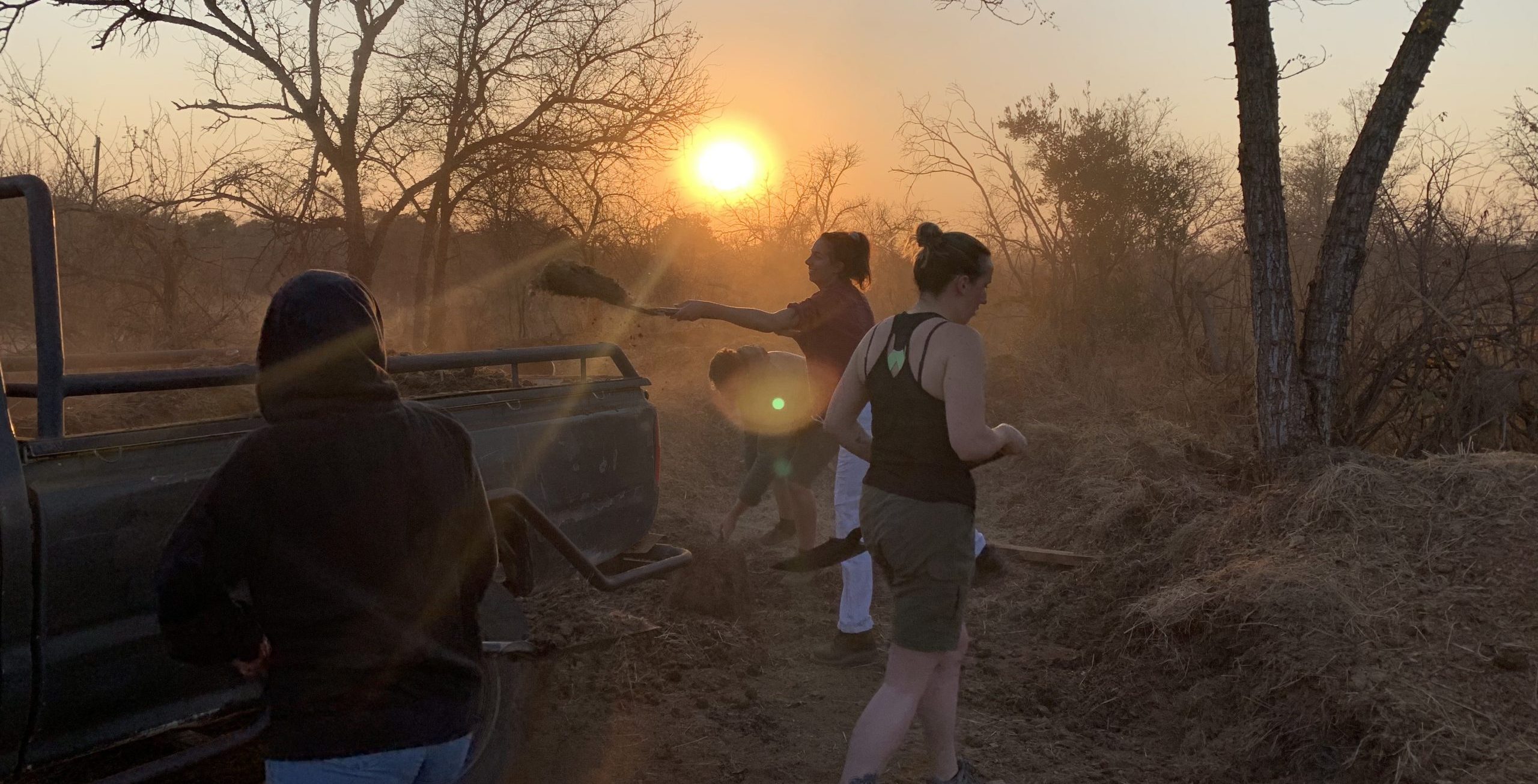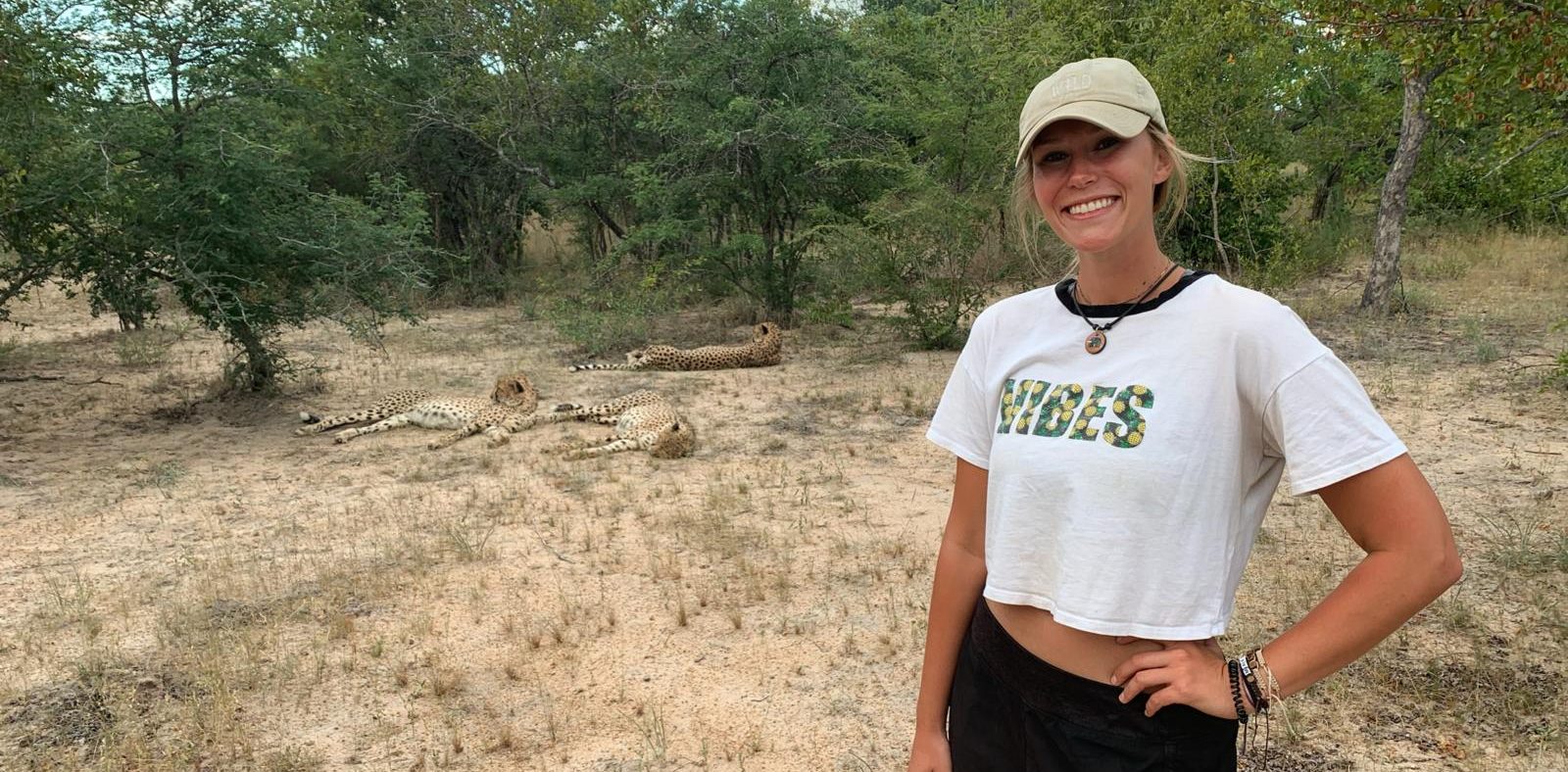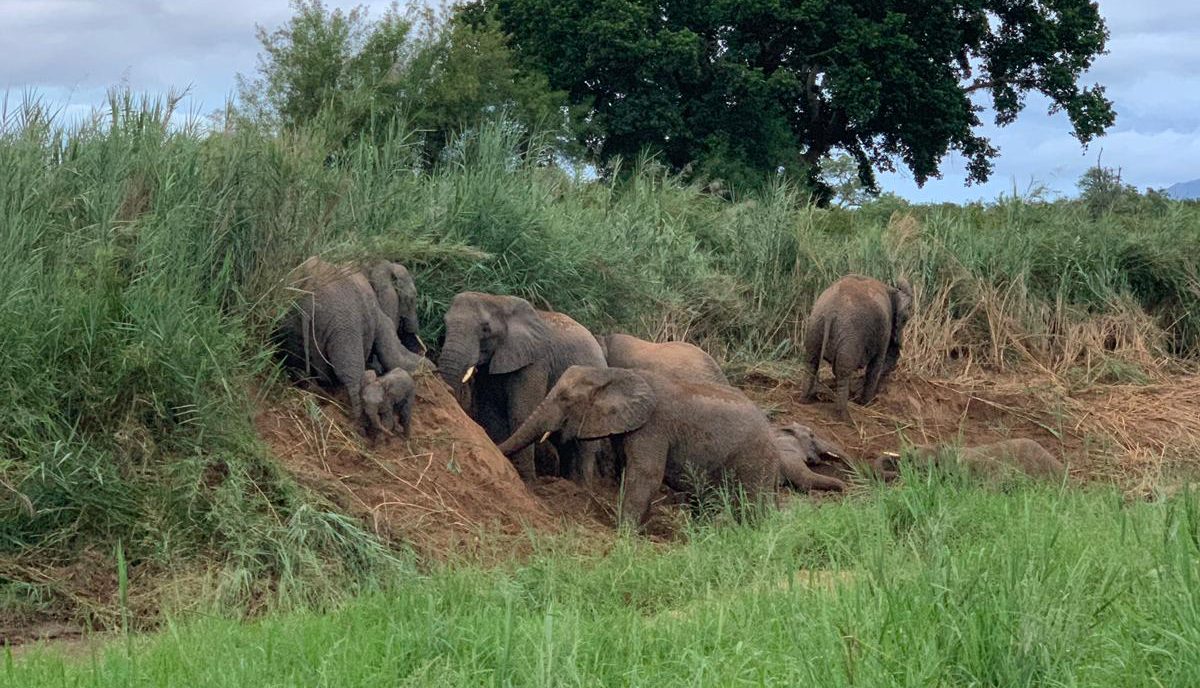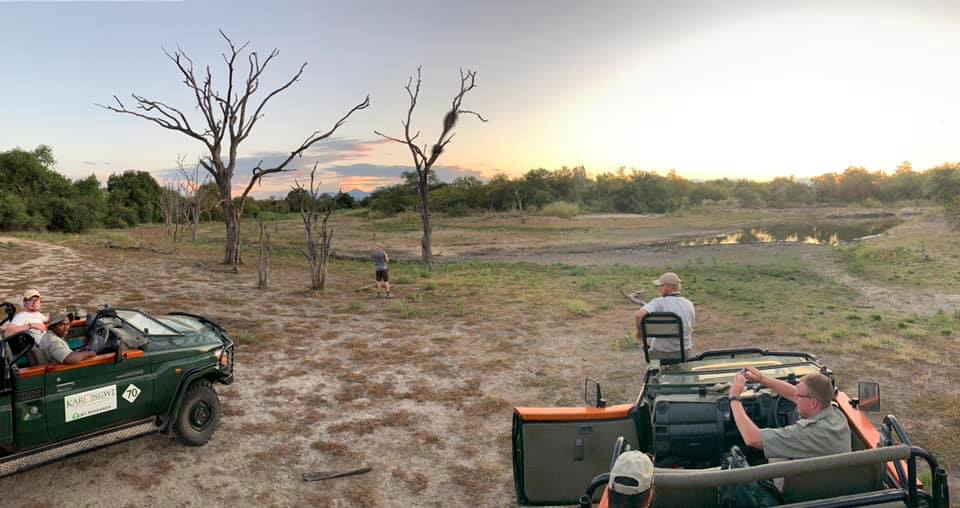GVI
Posted: July 18, 2024

Posted: May 7, 2020
Conservation of the Land
About a year ago, I took a leap of faith and signed up for the 6-month wildlife conservation internship in Limpopo. I graduated with a degree in zoology before coming onto the program, but I soon learned that being in the field would teach you far more than sitting in a classroom ever would. By being in the field, you learn how to do real conservation work; the work that has a direct impact on the wildlife living on reserves, and the work that will continue to sustain reserves for years to come. We were taught about land rehabilitation and how important it is to maintain healthy ecosystems within the reserve. Our program manager, Zoe, once told me, “You can’t save the animals until you save the land,” and that message has stuck with me ever since. It’s a big reason as to why I chose to do reserve work as my intern leadership project. My team and I dug holes into unhealthy soil, refilled them with horse manure and ash, then covered them with vegetation to put nutrients back into the soil and promote growth. Where there is healthy soil, there is grass and vegetation, and this will lead to the return of herbivores and eventually carnivores to the area.

Camera Trapping Fun
We were also taught how to reset camera traps, change the batteries and SD cards, and then sort out the pictures based on the species caught in the photo. Going through the photos took some time, but the results made the hours spent well worth it. On camera traps, you are able to see many nocturnal animals that you most likely won’t get the chance to see on drive, such as porcupines, genets, and aardvarks. One of the greatest feelings was catching a leopard on of one the camera traps, and then being able to successfully identify it by matching its rosette and spot patterns to photos in an ID kit. After sorting through all of the photos, we would write a report on what we found (site activity, unique observations, etc.). Our science officer, Kayla, would then use this data in her end of the month reports, which she showed to us so we could see the animal activity all over the reserve. It was so cool knowing that the data we collected was being used, and we were able to see the direct result of it.

Game Drives
The best part of each day was going on drive. Everyday, two drives would go out, the first one starting at 5am and the second at 3:30pm. They lasted around 4 hours and were so exciting because you never knew what you were going to see. Sometimes you would go three or four drives in a row, not seeing anything other than a herd of impala and some wildebeest (which was still great, but you get what I’m saying). But then, just went you thought all the animals had somehow escaped from the reserve, you would find the cheetahs on a kill, or the elephants wallowing in a river bed; sights that looked like they came straight out of National Geographic. That’s what made drives so magical. There was no guarantee that you were going to see the lions take down a warthog, or a herd of 20+ buffalo in a dam, or a pair of trumpeter hornbills fly right over you as you’re stopped for phuza (drinks). There was no guarantee that you were going to see anything at all, so every time you did have an amazing sighting, you knew not to take it for granted.

For the entire first month, I was convinced that the elephants didn’t actually exist on the reserve, because I still had never seen them for myself. I always saw the knocked over trees and the dung, but never the actual elephants, until one day the herd appeared in the backyard of our house! All I could do was sit and watch them in awe (after taking about 100 pictures of them). I remember thinking to myself, how lucky am I to be in this place, with some of the best people I’ve ever met, watching elephants mess with our laundry lines from a bed on the veranda. An experience I will truly never forget.
Team Work Makes the Dream Work
The adventure I had on Karongwe would not have been nearly as great if it weren’t for the wonderful staff who taught us, took care of us, and gave us an experience that we would remember forever. The staff, along with the group of volunteers that I was so lucky to have shared this experience with, made my time in South Africa better than I could have ever hoped it would be. By the end of the trip, we were a family, and I am forever grateful to have met each and every one of them.

GVI
Posted: July 18, 2024